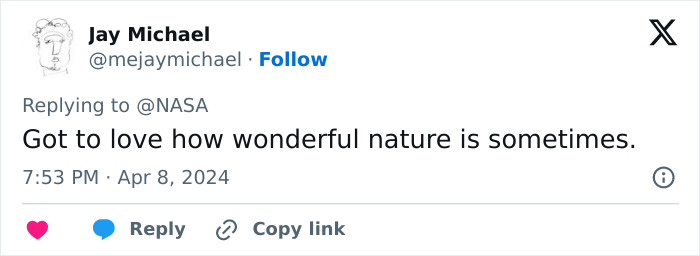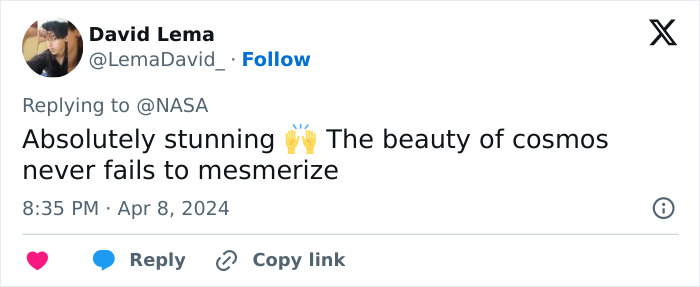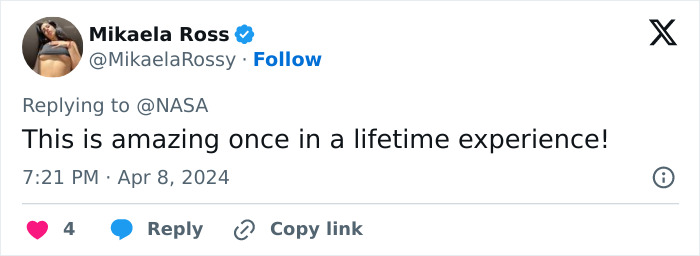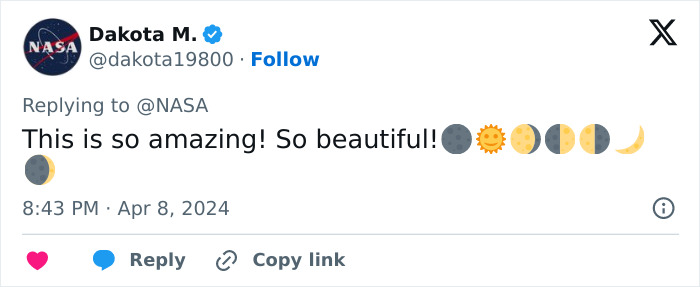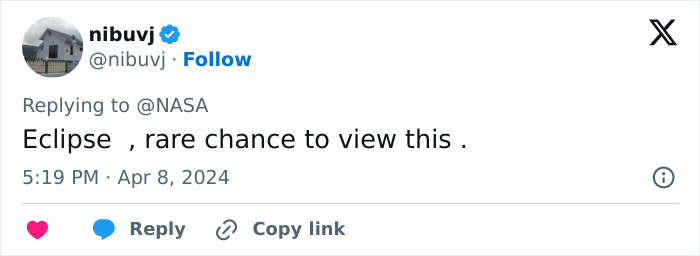A total solar eclipse swept across North America from Mexico on Monday (April 8). The moon completely covered the sun, darkening the sky and revealing our star’s hidden outer atmosphere. While people in Ireland and Scotland may have had a glimpse of a brief partial eclipse, those in the rest of Europe didn’t get to see anything at all. In fact, Europeans will not see a full eclipse before 2026.
But for Americans, the event turned out to be a rich experience, with plenty of impressive footage that will surely serve the National Aeronautics and Space Administration (NASA), which asked members of the public to send their observations in, as part of NASA’s Eclipse Soundscapes Project.
While some observers managed to capture the path of totality, other eclipse enthusiasts were able to take stunning photographs of different phases of the sun and the moon.
A total solar eclipse swept across North America yesterday, and footage captured on the day was spectacular
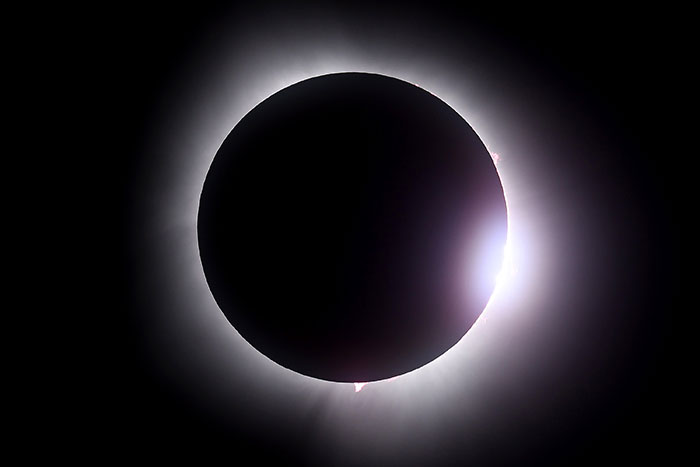
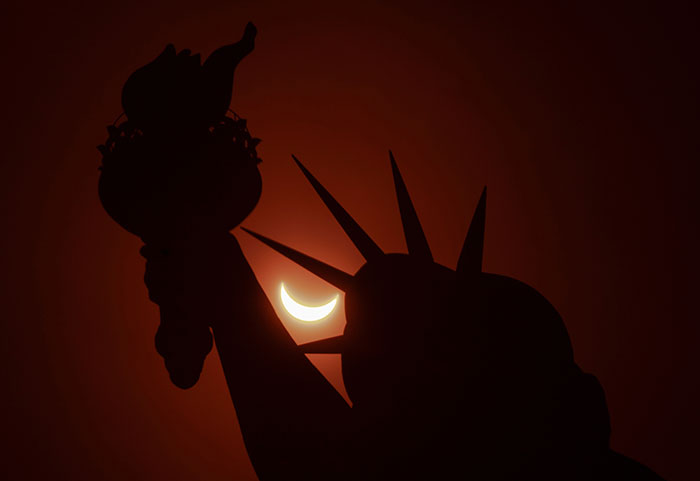
Naturally, stars observing the stars was a fitting part of the whole event, with celebrities including Jimmy Kimmel and Guillermo Rodriguez, Danny Trejo and his son Gilbert, as well as one-half of the Selling Sunset Oppenheim twins, Jason Oppenheim, sharing their own experiences observing the eclipse on social media.
More than 30 million people were able to see the eclipse’s path of totality, making it a pretty unique eclipse, Mashable reported. Those on the path of totality were mainly in the US states of Texas, Oklahoma, Arkansas, Ohio, Pennsylvania, New York, and Maine.
However, eclipse viewers near Torreón, Mexico, experienced totality for the longest, with the impressive phase lasting four minutes and 28 seconds, CBS News reported.
While some people managed to capture the path of totality, other eclipse enthusiasts were able to take stunning photographs of different phases
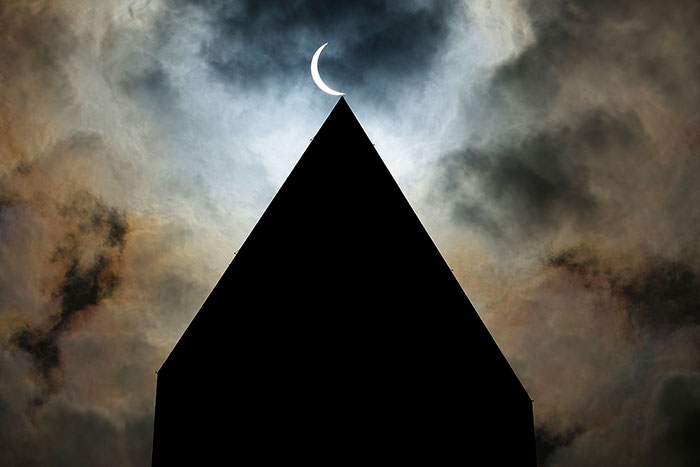
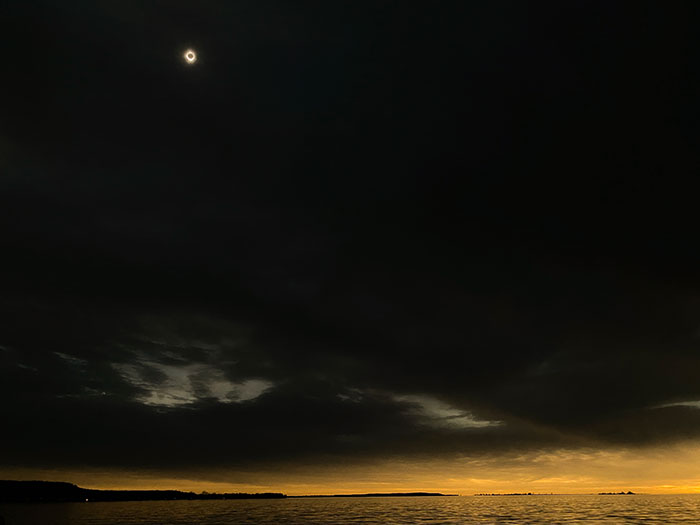
Most places along the centerline of the path of totality saw a totality duration between 3.5 and 4 minutes long, according to NASA.
The 2024 total solar eclipse will be the last one for a while in North America, as per Eclipse 2024. There will be several other total solar eclipses scattered between April 8, 2024, and August 12, 2045. However, the 2045 solar eclipse will be the next one visible across most of the contiguous United States, according to NationalEclipse.com.
As a result, thousands of people traveled to get a glimpse of the jaw-dropping phenomenon, with many eclipse chasers waiting for the event, as the last eclipse of that magnitude was observed on the continent on August 21, 2017.
30 million people were able to see the eclipse’s path of totality in Mexico, Texas, Oklahoma, Arkansas, Ohio, Pennsylvania, New York, and Maine
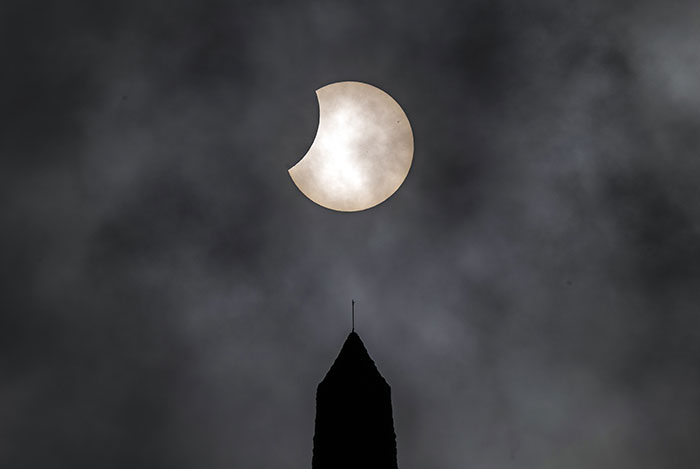
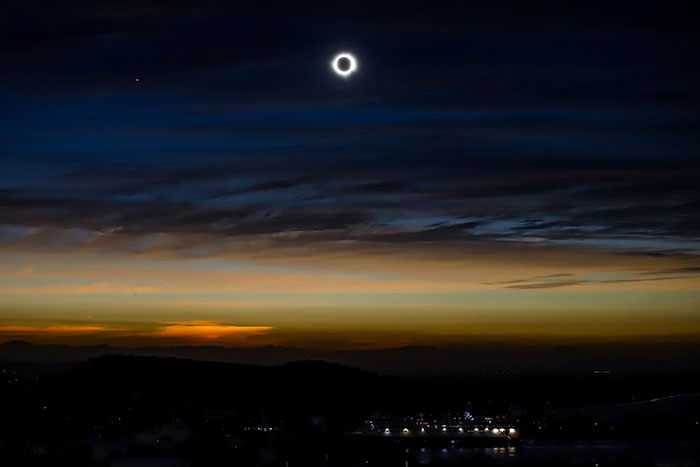
This year’s eclipse was unique due to the totality phase lasting a little longer than in 2017 as a result of the Moon lining up a little closer to the Earth during totality, appearing just a bit larger in the sky.
Scientists in several parts of the US are now conducting studies to better understand how yesterday’s total solar eclipse affected the planet, The Independent reported.
Space Physicist Darci Snowden from Central Washington University sent up balloons to capture data and better understand how the weather changed during the eclipse.
Eclipse viewers near Torreón, Mexico, experienced totality for the longest, with the impressive phase lasting four minutes and 28 seconds
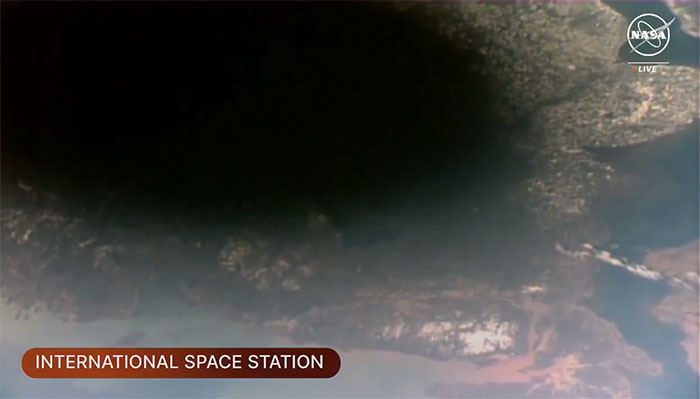
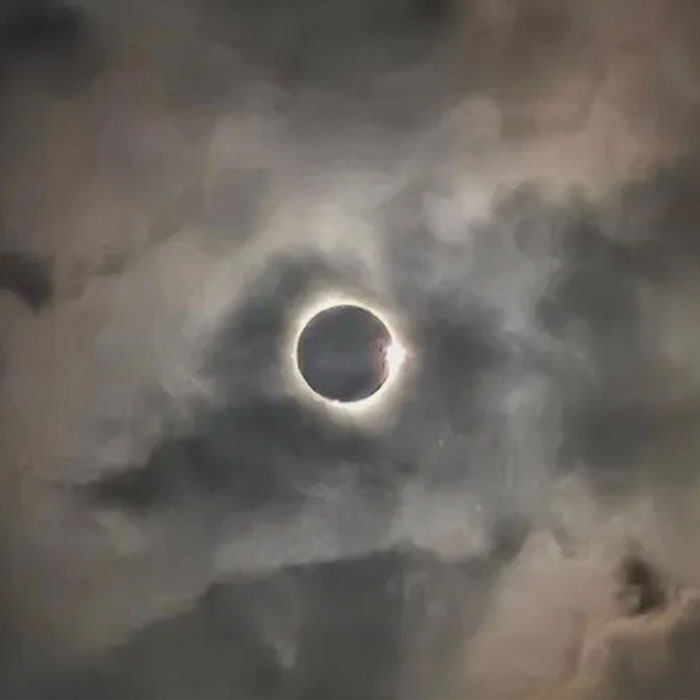
Weather balloons capable of flying up to 33 km (20 m) were flown into the stratosphere, carrying battery-powered instruments for collecting data on temperature, humidity, pressure, as well as wind direction and speed, as per the British newspaper.
Additionally, a NASA team also launched data-collecting jets above Earth’s atmosphere to learn more about the structure and temperature of the Sun’s outer atmosphere.
Colleen Hartman, director of the Space Studies Board of the National Academies, said: “The total solar eclipse is a really exciting way to engage the public in science while at the same time advancing our knowledge of the sun and its impacts on us here on Earth.”
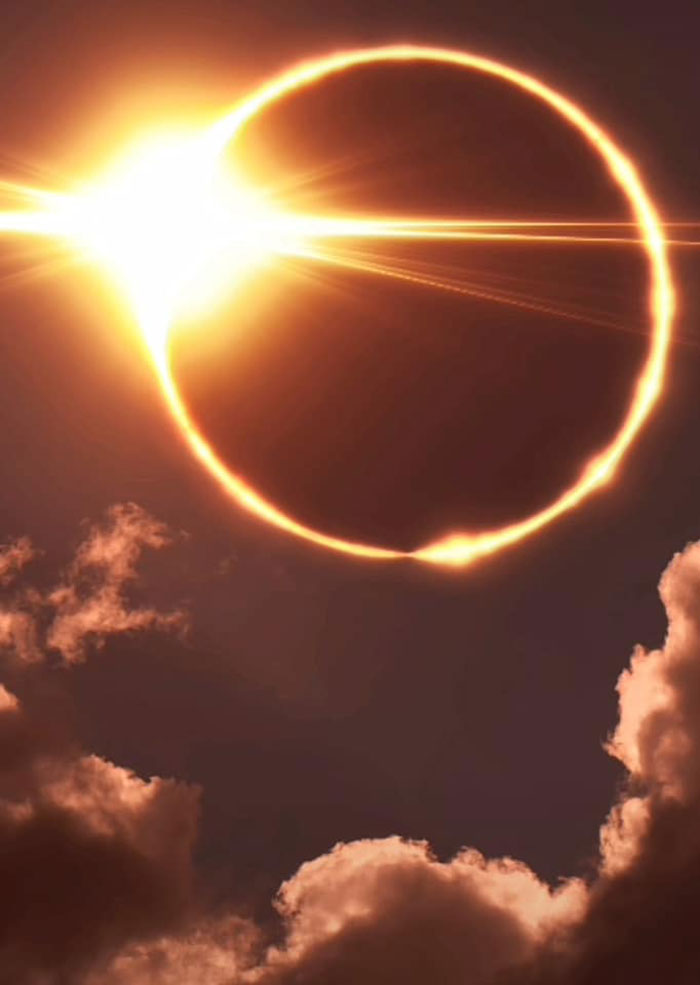

Moreover, scientists at Massachusetts Institute of Technology’s Haystack Observatory are reportedly studying how the solar eclipse affected the topmost layers of the atmosphere, including its outermost ionosphere layer, where many satellites orbit.
They hope to study how the ionosphere (the ionized part of the upper atmosphere of Earth) responds before, during, and after the eclipse as the Sun’s radiation suddenly dips, The Independent reported.
Researchers also observed how animal behaviors changed when the eclipse passed over North America.
Jimmy Kimmel and Guillermo Rodriguez, Danny Trejo and his son Gilbert, as well as Selling Sunset’s Jason Oppenheim, observed the eclipse
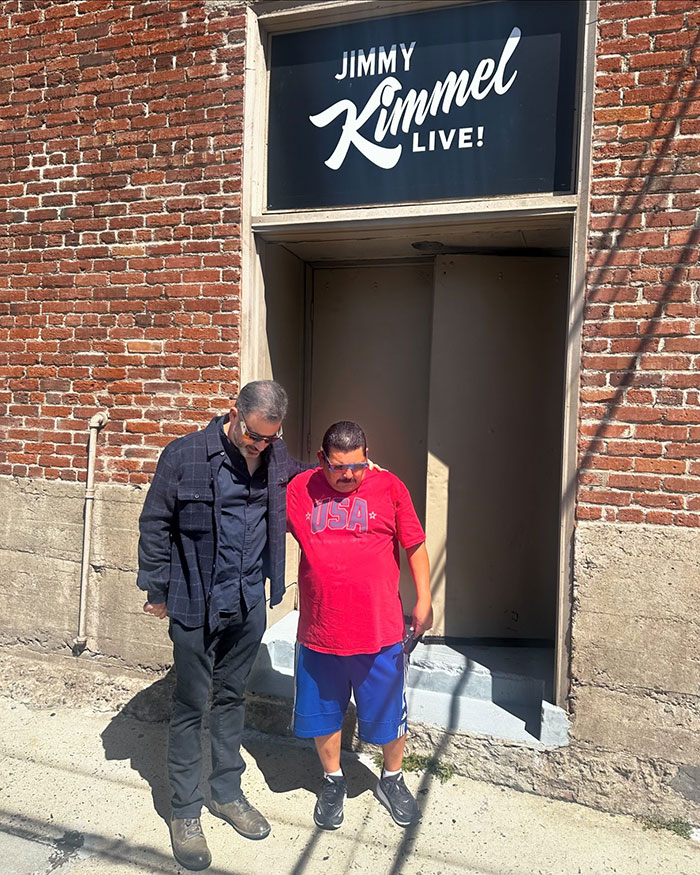

As the eclipse neared totality, many animals in the Columbus Zoo in Ohio, including sloth bears, red pandas, reindeer, and ostriches, reportedly went to sleep as if it was nighttime.
Shannon Borders, curator of the zoo’s Heart of Africa exhibit, told The Columbus Dispatch: “About seven minutes afterward, it started to lighten back up a little bit and they all stood up and they started grooming as though they were preparing for the day.”
Observers in Fort Worth Zoo, Texas, said some animals displayed curiosity and vigilance during the eclipse.
People flocked to social media to share their amazement at the scene
